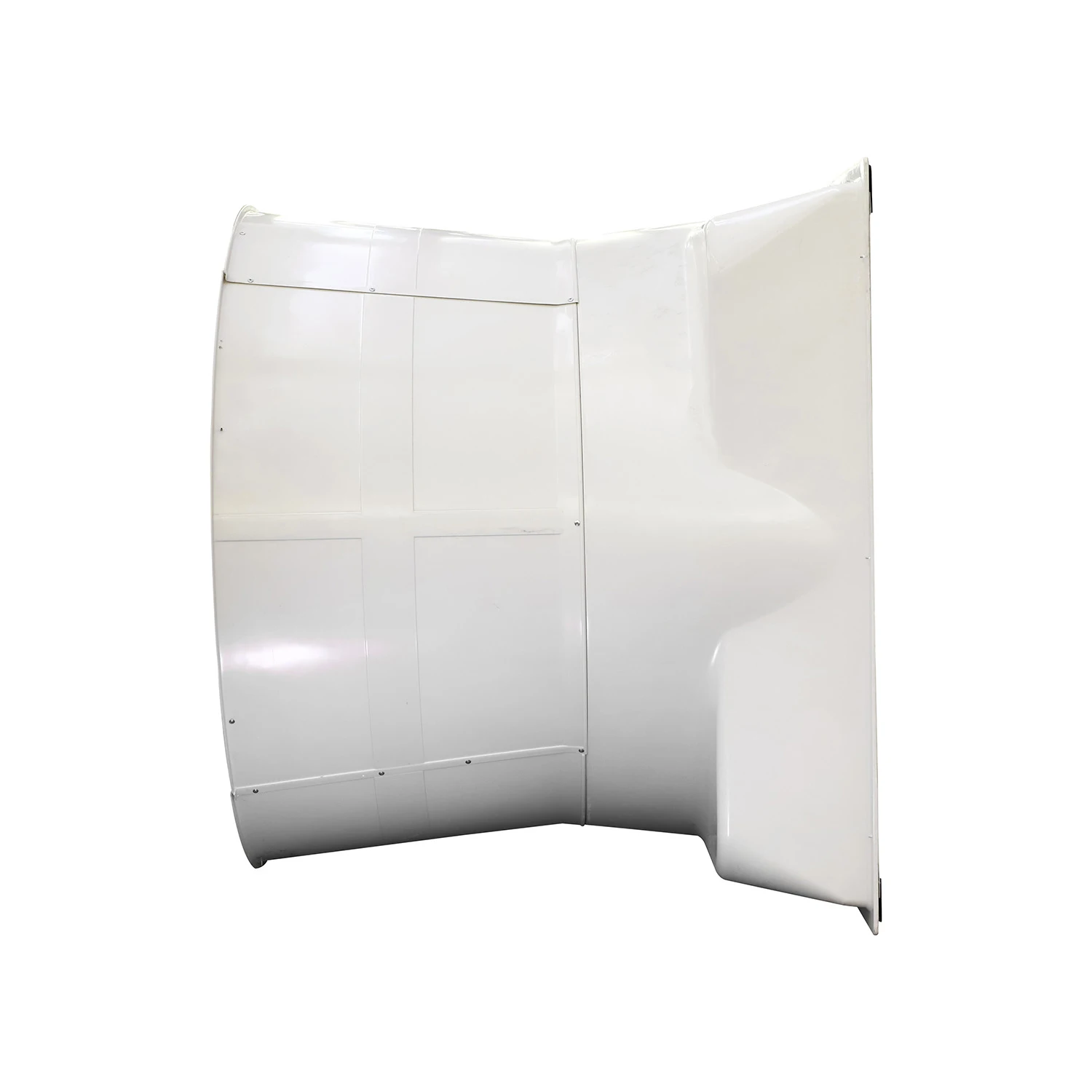Efficient Small Egg Sorting and Grading System for Poultry Farms
Nov . 06, 2024 16:24 Back to list
Efficient Small Egg Sorting and Grading System for Poultry Farms
The Small Egg Grading Machine Revolutionizing the Poultry Industry
In recent years, the poultry industry has witnessed significant advancements in technology, leading to enhanced efficiency and productivity. Among these innovations, the small egg grading machine has emerged as a game-changer for small and medium-sized poultry farms. This compact and efficient device not only streamlines the grading process but also ensures quality control, ultimately benefiting both producers and consumers.
Understanding Egg Grading
Egg grading is a critical process in the poultry industry that involves sorting eggs based on size, weight, and quality. The grading system typically categorizes eggs into various classes, including extra-large, large, medium, small, and peewee. This classification is essential for marketability, as retailers and consumers often have preferences for specific sizes and quality levels. Traditional grading methods were labor-intensive, requiring significant manual effort and time, often leading to inconsistencies and errors.
The Small Egg Grading Machine
The small egg grading machine automates the grading process, utilizing advanced technology to ensure accuracy and efficiency. These machines are designed to accommodate smaller batches of eggs, making them ideal for small and mid-sized farms. Equipped with sensors and sorting mechanisms, the grading machine can quickly assess the size and quality of each egg as it moves through the system.
Most small egg grading machines can handle a wide range of egg sizes, allowing for greater flexibility. They typically feature adjustable settings, enabling users to customize the grading process according to their specific needs. This adaptability ensures that farmers can maintain their product standards while also catering to customer demands.
Advantages of Using Small Egg Grading Machines
small egg grading machine

1. Increased Efficiency The automation of the grading process significantly reduces the time required for handling and sorting eggs. This efficiency allows farmers to allocate their resources more effectively, focusing on other critical aspects of their operations.
2. Improved Accuracy The precision of small egg grading machines minimizes the likelihood of human error. By relying on technology to sort and grade eggs, producers can ensure a higher standard of quality control, ultimately leading to increased customer satisfaction.
3. Cost-Effective Solution While there is an initial investment associated with purchasing a small egg grading machine, the long-term cost savings are substantial. Automating the grading process reduces labor costs and minimizes waste associated with misclassified eggs, making it a financially sound investment for many farmers.
4. Enhanced Product Quality By using a grading machine, producers can better meet market standards, ensuring that only the best eggs reach consumers. This focus on quality is essential in fostering brand loyalty and enhancing market competitiveness.
5. User-Friendly Design Many modern small egg grading machines are designed with user convenience in mind. With intuitive interfaces and easy-to-follow instructions, farmers can quickly learn how to operate them, reducing the learning curve associated with new technology.
Conclusion
The small egg grading machine represents a significant advancement in poultry farming, particularly for small to medium-sized producers. By automating the grading process, these machines enhance efficiency, accuracy, and product quality, benefiting both farmers and consumers. As technology continues to evolve, it is likely that we will see further innovations that streamline operations in the poultry industry. Embracing these advancements is crucial for farmers looking to remain competitive in an ever-changing market. Ultimately, the small egg grading machine is not just a tool; it is a vital asset that helps ensure the sustainability and success of poultry operations in the modern economy.
-
Hot Sale 24 & 18 Door Rabbit Cages - Premium Breeding Solutions
NewsJul.25,2025
-
Automatic Feeding Line System Pan Feeder Nipple Drinker - Anping County Yize Metal Products Co., Ltd.
NewsJul.21,2025
-
Automatic Feeding Line System Pan Feeder Nipple Drinker - Anping County Yize Metal Products Co., Ltd.
NewsJul.21,2025
-
Automatic Feeding Line System - Anping Yize | Precision & Nipple
NewsJul.21,2025
-
Automatic Feeding Line System - Anping Yize | Precision & Nipple
NewsJul.21,2025
-
Automatic Feeding Line System-Anping County Yize Metal Products Co., Ltd.|Efficient Feed Distribution&Customized Animal Farming Solutions
NewsJul.21,2025






